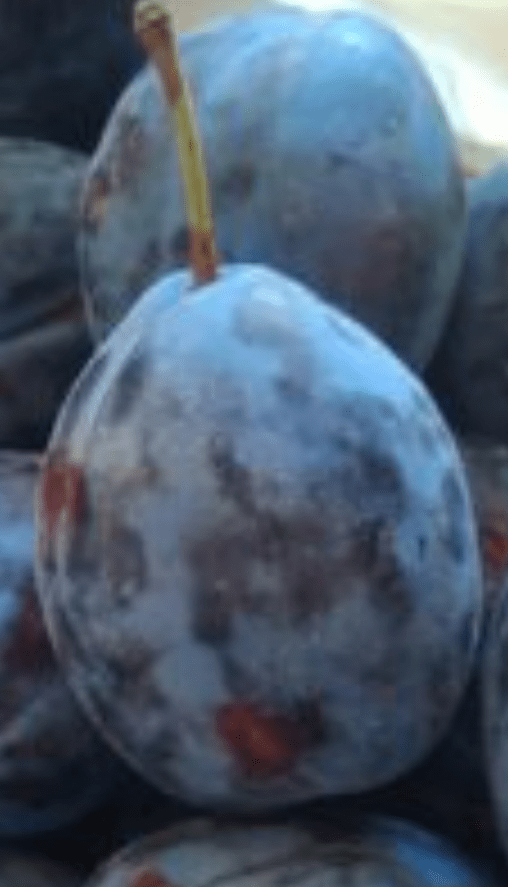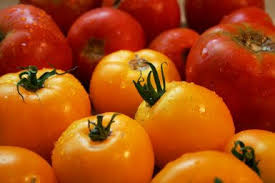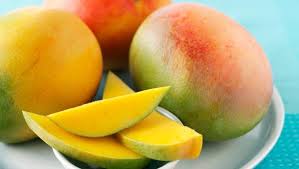Just like the pear was the star in the last newsletter (as well as in our fruit boxes), now it's time for the splendid plum to shine. Belonging to the Rosaceae family, just like its pear counterpart, the plum is at its peak in the summer months, granting us with its delightful fruits during this season.
There's a captivating similarity between these fruits. Both are local treasures that have ancient roots in the landscape. The pear, often overshadowed by the apple, and the plum, sometimes underestimated as a simpler sibling to peaches or nectarines. But when it comes to plums, this assumption misses the mark and isn't fair.
In fact, the current perception of plums relative to their flashier cousins (peaches, nectarines, and apricots) is largely influenced by their historical trajectory.
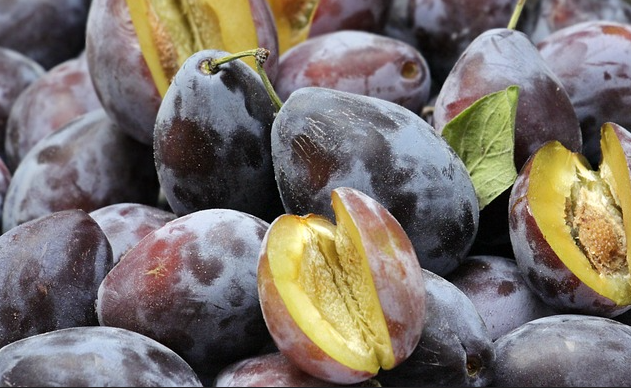
If we review the distribution, history, and uses of plums in comparison to the other fruits we've mentioned, there, truly, is no match. As far back as the first millennium BCE, various plum varieties were cultivated across the Old World, from Japan and China and from the Middle East as far as north Europe. Everywhere, plums were embraced for their ease of cultivation and cherished for their distinctive flavors.
But plums were more than just a beloved fruit; they held a place in the realm of remedies. Whether consumed dried, fresh, or as an ingredient in slow cooked dishes, plums were even used as a base for alcoholic beverages like mini-ciders and spirited concoctions such as "Slivovitz."
However, the current misconception of plums being mere common fruits is a reaction to their exceptional commercial success. This has made them accessible and affordable, ironically leading to a lack of appreciation. We've become creatures of contrast, often valuing rarity and opulence over what's abundant.
Ultimately, everything is context-driven.
To illustrate this concept, consider a more extreme, yet wonderful, example: at the beginning of the 20th century, upheaval erupted in one of Louisiana's toughest prisons due to the prisoners' dissatisfaction with their meals. What was causing this discontent?
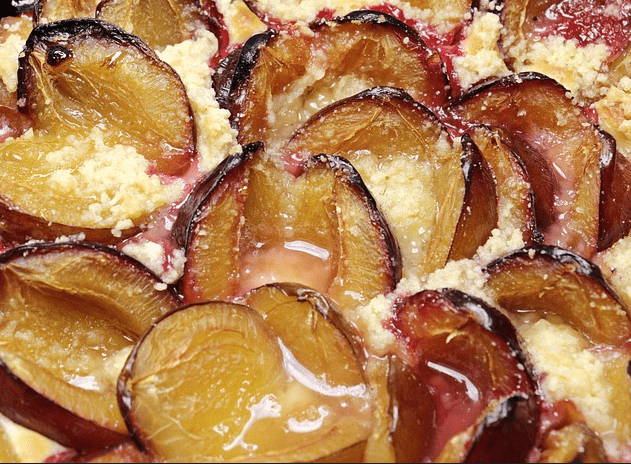
Apparently, the main component of the meal was lobster. A luxury we now associate with fine dining. But at that time, due to its overabundance, it was considered a cheap and unappealing food, which was economically reasonable to supply to the prison kitchens.
I know it's a bit of a stretch, but you get the gist. Context shapes our perceptions, whether it's about lobsters (as per Jordan Peterson) or plums.
Since, unlike lobsters, plums are meant to be enjoyed with their skin, even recommended. Let's focus on plums. The purple color is due to a powerful antioxidant. There are many colors of plums, such as red, green and yellow. All have healthy and beneficial skins.
Plums are a benefit to digestion, packed with fiber, vitamins, and minerals. Their low glycemic index makes them a treat that even those with diabetes can enjoy without worry.
Personally, I do love plums, particularly the elongated deep purple variety like our featured Glorious Israeli Damson Plum, in our box this week. This local creation stands out, offering a rich, succulent taste with a pronounced sweetness.
So, what can you make with these plums?
Anything your heart desires…

